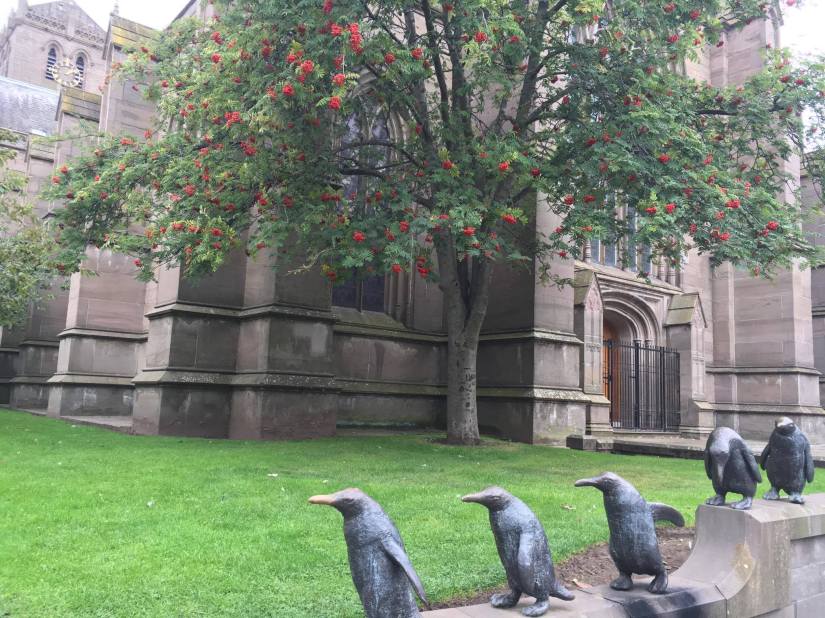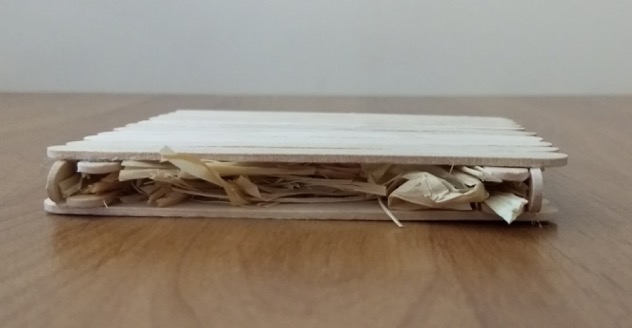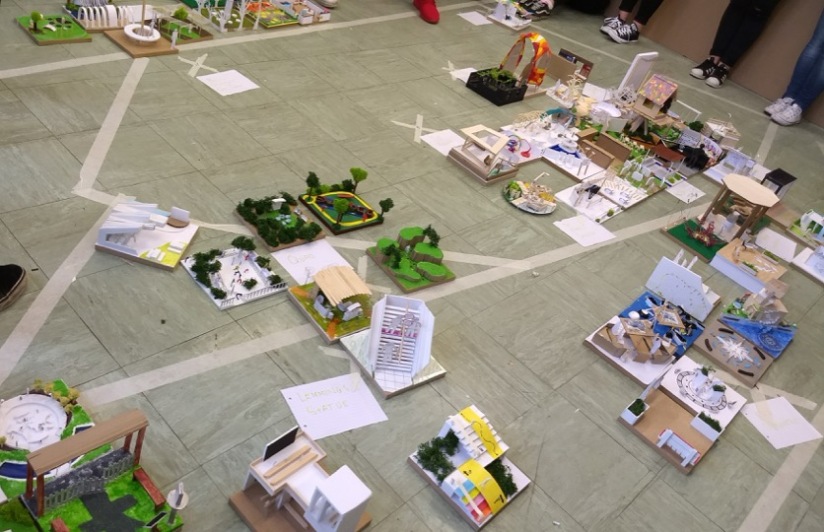This week our task involved looking at public spaces, how they encourage people to interact, and how cities are responding to the evolving landscape of connectivity, especially in regard to ‘smart cities’.
To start our research we split into groups and visited different public spaces in Dundee. We started by going to St. Mary’s church and speaking to the Minister about how the church is used as a public space and then moved onto Slessor Gardens. In both locations we observed how people interacted with the space, however there were very few people actually in either of the spaces, arguably this was because the spaces were so separate from where people actually were, this helped inform my design and my chosen location.

Taking inspiration from parasitic architecture, I decided to design a temporary installation for City Square that would encourage people to connect without technology. The piece should be very conspicuous and look out of place to draw the attention of passers by and be inviting to encourage them to interact with it and each other. The main reason for the installation being temporary is so that it does not become mundane and that in the future the memory of it would still connect people. I wanted to design a space that would take people out of their regular lives whilst still being very similar so I chose to base my design on something most people would have had at least some experience of from their childhood – a treehouse.
The treehouse would be constructed very simply out of pine with straw as insulation and when it is built it will be completely plain. Paint will be left inside the treehouse and people will be encouraged to paint it however they want.

To construct my model I used lollipop sticks to represent to planks of wood and glued them together. Additionally the model was constructed to a scale of 1:25. Unlike last week I had a much clearer idea of my design as I started constructing my model, however I failed to think about how the scale of the model would affect the overall look or it meaning that while my model represents my design, it does not show what the treehouse would look like in situ.
After all the models had been constructed, as a class we built a city using everyone’s public space models. The most notable thing was how green and colourful the whole city was and it would be interesting to see if it would be possible to actually make a city that focused on green space and public spaces. Additionally we all started with completely blank canvases, however in real life you would very rarely be presented with an empty space so we weren’t faced with any of the constraints you would have in real life. I also think the variation in the models is amazing, because we were all given the same guidelines.
In summary, I learnt about the importance of public spaces and how they can have a huge impact on how we connect with each other. By focusing on human interaction and the importance of this for health, i designed a space that would encourage people to step back and appreciate a more simple experience. I consciously chose not to include any technology in the piece because constantly being connected on-line can prevent us from enjoying the real world and connecting with real people.
My model was also a lot simpler this time and that made the construction easier because I did not have to worry about the properties of different materials. If I were to do this again I would like to place more restrictions on the design as I feel like my design could be placed almost any where, however in the real world you would have to design for a specific location.





